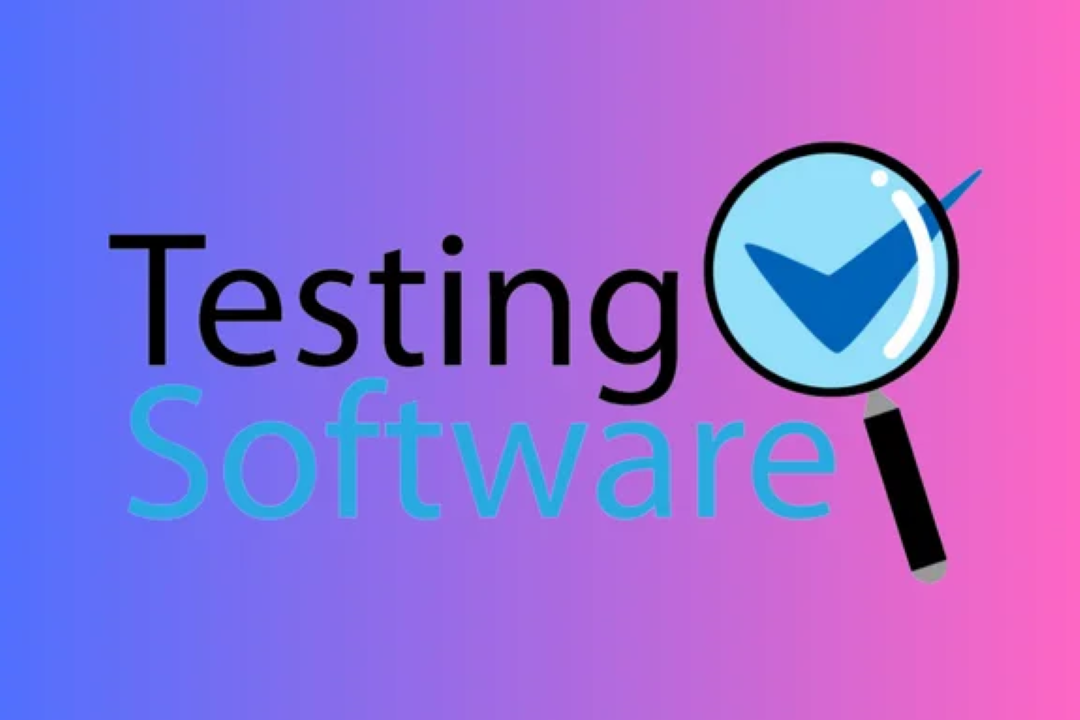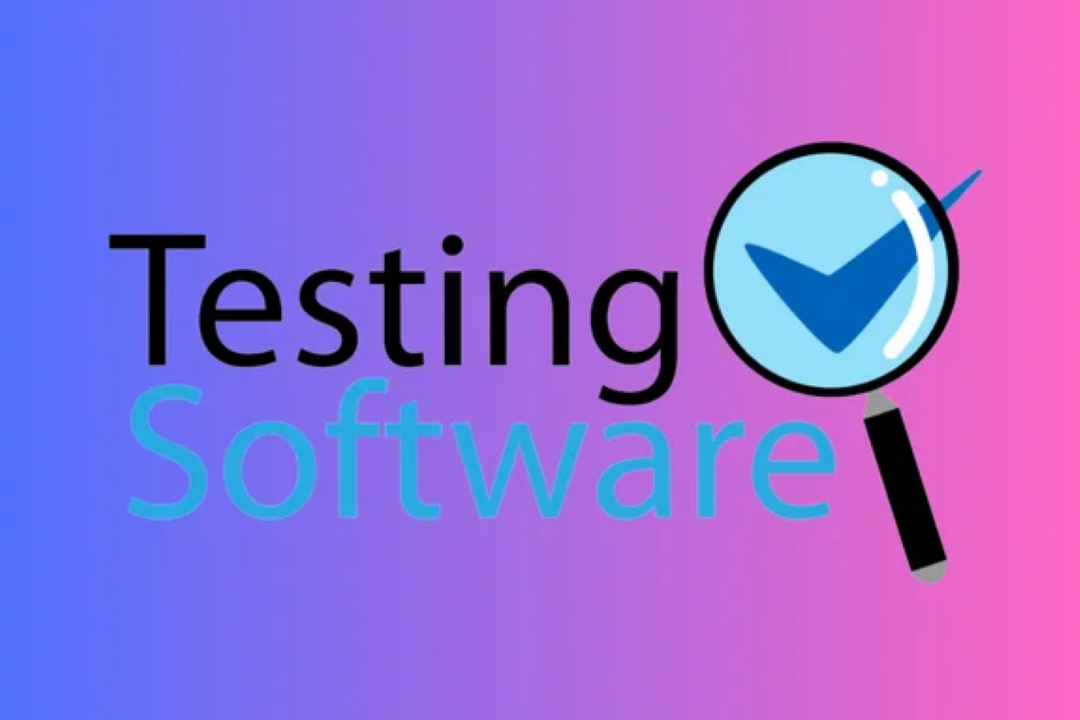QTP VS SELENIUM
qtp vs selenium: Which Automation Testing Tool is Right for You?
QTP VS SELENIUM
QTP (Quick Test Professional) and Selenium are two popular automation testing tools used for web application testing. QTP, now known as UFT (Unified Functional Testing), is a commercial tool developed by Micro Focus, while Selenium is an open-source tool that has gained significant popularity due to its flexibility and compatibility with different programming languages. QTP/UFT offers a user-friendly interface and a robust object repository for easy test script creation, but it is limited in terms of cross-browser testing and platform support compared to Selenium. Selenium, on the other hand, provides extensive support for multiple programming languages, browsers, and platforms. Overall, the choice between QTP/UFT and Selenium often depends on the specific requirements of the testing project, budget considerations, and the level of customization needed.
To Download Our Brochure: https://www.justacademy.co/download-brochure-for-free
Message us for more information: +91 9987184296
1 - QTP (QuickTest Professional) is a commercial tool developed by HP (now Micro Focus) that is widely used for functional and regression testing of software applications. Selenium, on the other hand, is an open source tool that is primarily used for automated testing of web applications.
2) QTP uses a scripting language called VBScript for test automation, while Selenium supports multiple programming languages such as Java, Python, C#, and others.
3) QTP is a licensed tool and can be cost prohibitive for individual users or small organizations, whereas Selenium is free to use and has a large community of users providing support.
4) QTP has a user friendly IDE (Integrated Development Environment), making it easier for beginners to get started with test automation, while Selenium requires more technical expertise to set up and use effectively.
5) QTP primarily supports testing for desktop applications, while Selenium is focused on web application testing.
6) QTP has built in object repositories that store information about the objects in an application, making it easier to maintain test scripts, while Selenium relies on locators to find and interact with web elements on a page.
7) QTP provides comprehensive reporting and result analysis features, while Selenium requires additional tools or custom solutions to generate detailed test reports.
8) QTP is well suited for large enterprises with dedicated QA teams and resources, whereas Selenium is popular among startups, small businesses, and individual testers due to its cost effectiveness and flexibility.
9) QTP offers commercial support and training programs from Micro Focus, whereas Selenium relies on community forums, online resources, and third party training providers for learning and support.
10) QTP has limited cross browser testing capabilities, whereas Selenium supports testing across multiple browsers and platforms.
11) QTP supports keyword driven testing approaches, allowing testers to create test scripts using English like keywords, while Selenium relies on a more code centric approach to test automation.
12) QTP integrates well with other HP tools like ALM (Application Lifecycle Management), making it easier to manage test assets and workflows, while Selenium can be integrated with various tools and frameworks through plugins and APIs.
13) QTP provides built in support for mobile testing with add ons like HP Mobile Center, while Selenium requires additional tools or frameworks for mobile automation testing.
14) QTP offers advanced features like image based testing and business process testing, which are not commonly found in open source tools like Selenium.
15) When offering a training program to students, it is important to consider the specific needs of the audience, their level of expertise in testing and programming, and their career goals. Providing hands on experience with both QTP and Selenium can help students understand the differences and similarities between these tools, and empower them to make informed decisions based on their future career aspirations. Additionally, focusing on practical examples, real world projects, and industry best practices can enhance the learning experience and prepare students for success in the field of test automation.
Browse our course links : https://www.justacademy.co/all-courses
To Join our FREE DEMO Session: Click Here
Contact Us for more info:
- Message us on Whatsapp: +91 9987184296
- Email id: info@justacademy.co
Basic Manual Testing Interview Questions
Observable vs Promise in Angular
Difference Between Cloud Computing And Grid Computing And Cluster Computing












